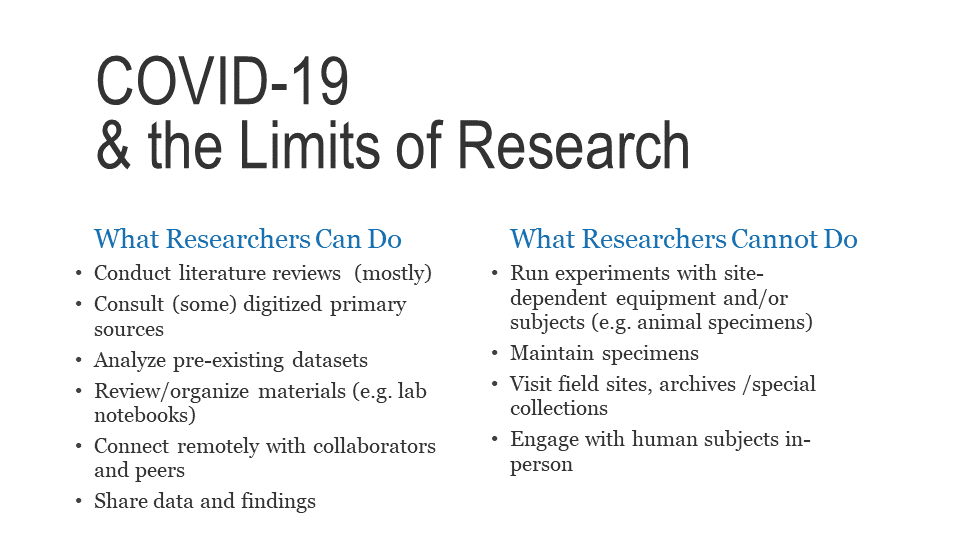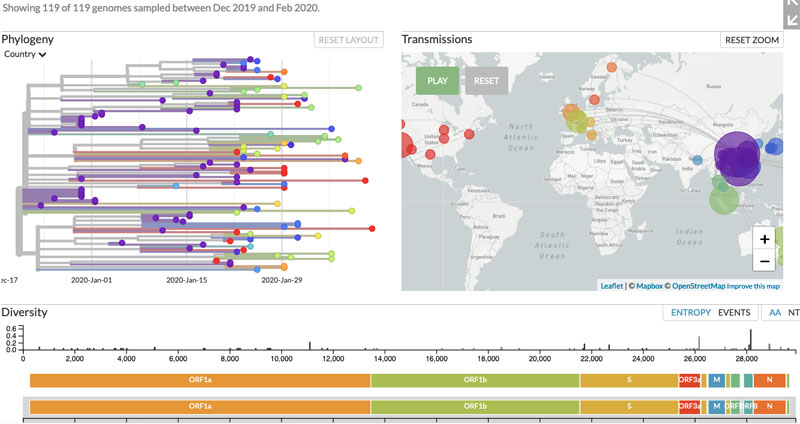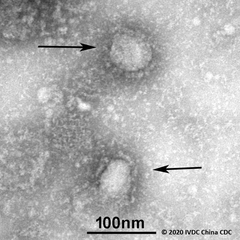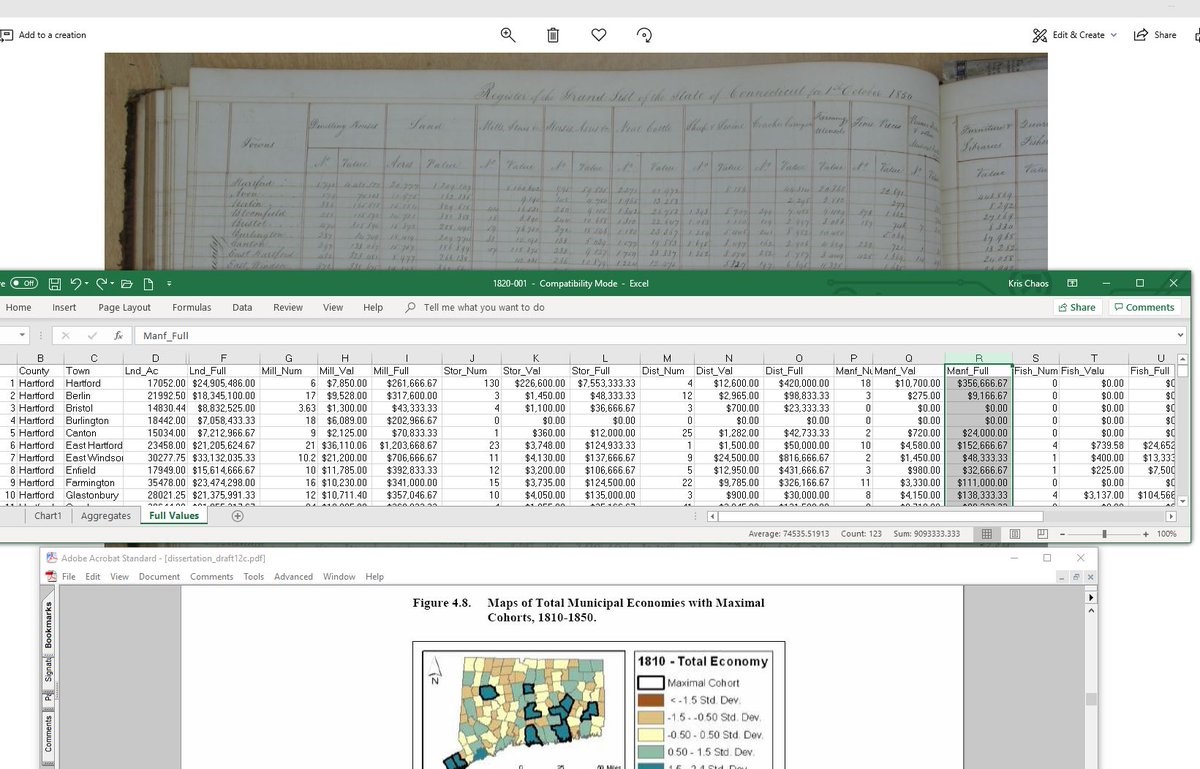Technologies at Hand
On Researcher Practices During a Pandemic
On March 25 I had the privilege of giving the introductory talk to NISO’s virtual conference on Research Behaviors and the Impact of Technology. The relationship between research behaviors and technology is a topic I have a birdseye view on through my work at Ithaka S+R, where I oversee a program examining scholars’ research practices discipline-by-discipline and we conduct a US-wide faculty survey triennially.
The event was always already virtual and I found myself preparing amidst the intensification of the COVID-19 pandemic where I am based in New York City. This piece is a reconstruction of my remarks, which focused on how the current crisis exposes the edge of what seemingly ubiquitous access to many technologies makes possible and not possible for researchers. What has become apparent to me more than ever, is that in spite of the many affordances, research is not propelled by technology alone and it is the human dimension to scholarly inquiry that matters more than ever.
While cutting edge technologies understandably get much attention, it is also important to reflect on how the technologies that are most immediately at hand to researchers impact their work. In the midst of the pandemic the ability of researchers to leverage the technologies they were already using everyday can seem like a beacon of hope amidst the widespread disruption being experienced in the higher education sector. Many researchers find themselves still able to conduct literature reviews using electronic resources, or pursue original research with digitized primary sources or digitally-available datasets. Researchers may still connect remotely with collaborators or peers, including towards sharing data or other aspects of their work. Researchers may (finally) take the time to review and organize their materials, or make progress on a publication, which goes through an entirely digital submission process.

Access to remote technologies can only partially alleviate current disruptions to research
Technologies have also been important enablers for the vital research being done to address the COVID-19 pandemic, particularly around data and pre-print sharing. Take, for example, GISAID, or Global Initiative for Sharing All Influenza Data. GISAID is a platform for sharing genomic data that was made from the ground-up by scientists in response to uncoordinated research efforts during the 2006 H1NI epidemic. It is considered an essential mechanism for sharing influenza genetic sequence and metadata by the interdisciplinary influenza research community, which includes public health and animal health scientists, along with governments around the world. Resonating with Ithaka S+R’s ongoing research on data communities, GISAID is a striking example of how the construction of relatively straightforward data sharing infrastructure enables researchers to easily share data through a website incorporating an online repository. This ubiquitous, accessible technology facilitated the growth of GISAID as a data community, or fluid set of researchers that share the goal of working with a particular form of data.
What the COVID-19 pandemic also highlights, however, is how the affordances of accessible, ubiquitous technologies improve some components of researchers’ workflows more than others. Most notably, for many involved with research that is considered non-essential to the pandemic, data gathering must be adjusted or suspended outright, either because it is site-dependent, or, because the global crisis creates a compromising situation for its collection.
Examples of visualized data on COVID-19 shared on the GISAID website
While journalistic output on this topic has focused largely on the impact to scientific labs with specimens, (see, for example, the New York Times, Science, and Inside Higher Ed), it is important to acknowledge that data collection disruptions are taking place across the research spectrum. Take for example, the case of humanists who rely on archival collections do their research. We know from Ithaka S+R studies on disciplines with humanistic scholars, including History, Religious Studies, Asian Studies, Indigenous Studies, and Language and Literature (forthcoming), that travel to physical collections remains necessary both for discovering and accessing content due to the relative lack of materials that are digitally available. Fully digitizing primary source collections remains understandably impossible for many archives due to the realities of privacy rights, access policies, and resource allocation.
Thanks to the affordances of accessible technologies for capturing images (e.g. cellphones and scanning apps), and organizing and storing them (vis a vis the cloud and apps like Tropy), many humanists have personal digital collections of primary sources that they can continue to work with during the pandemic. This is because those scholars spent their time in archives digitally capturing primary sources for future analysis off-site than conducting analysis on-site.[1] Creating digital surrogates of primary sources enables scholars to find efficiencies in their archival research workflows even when travel to physical archives remains a necessity.
Examples of how archival content is woven into scholars’ personal digital workflows[2]
However, it is reasonable to expect that the barriers to travel will continue if not increase for scholars for the foreseeable future, due to both ongoing safety concerns and the budgetary challenges that are mounting in higher education. This is an important moment to explore other strategies for maximizing the digital availability of archival content. Organizations may shift their labor capacity during the shutdown to focus on digitization projects, see for example the Kansas City WW1 Museum, and there may be potential in this interstitial period to solicit additional participation in crowdsourcing transcription projects, such as Smithsonian’s Digital Volunteer program. Could the exacerbated barriers to travel also lead to the emergence of researcher-led archival sharing communities similar to STEM data sharing communities? The recent emergence of Sourcery, an app where scholars at a distance can contract scholars near or at the archives of interest as a third party to take images at archives on their behalf, suggests further possibilities for building out accessible tools that promote new labor models for capturing and sharing this kind of content among researchers. But, in doing so it would be imperative to think through the same issues that surface in any cultural heritage digitization project, namely protecting privacy of individuals and communities (and for example for how this can be effectively done at the platform level, see Murkurtu).
These issues are worth thinking about because fostering the scholar-led sharing of content, archival or otherwise, is a concrete way to leverage technology to overcome challenges to research exacerbated by the pandemic. How to identify pockets of scholarly activity with the greatest potential to become data sharing communities is an important component of this work. At Ithaka S+R we are beginning to surface promising examples of emergent data communities and identify opportunities to work with libraries, campus computing groups, scholarly societies and other stakeholders involved with research support that would be integral to such initiatives.
However, while the affordances of accessible,ubiquitous technologies make it possible to consider new inventions in response to the new necessities borne from our current crisis, what is made especially clear at present is that the benefits will ultimately be uneven. The affordances of what many take for granted as “everyday” technologies are not uniformly accessible to all researchers, and these structural barriers are now being further exacerbated. At present, even among those who find themselves with the tools and infrastructure to do many if not not most of components of their research digitally, are the realities of pandemic-induced structural challenges and stress to contend with. What I’ve explored today demonstrates how the affordances around technology for research are complicated, and cannot be decoupled from our human realities.
- The extent of these practices is evidenced by the results of Ian Milligan’s survey on Canadian historian’s use of digital cameras in archives, which was presented at the American Historical Association’s 2020 conference. His research was prompted in part by findings from Ithaka S+R’s 2012 study on historians’ evolving research practices. ↑
- Image on left by Kristen Noble Keegan, image on right by Jack Orchard ↑





Pingbacks
Some recent reports and other material of interest